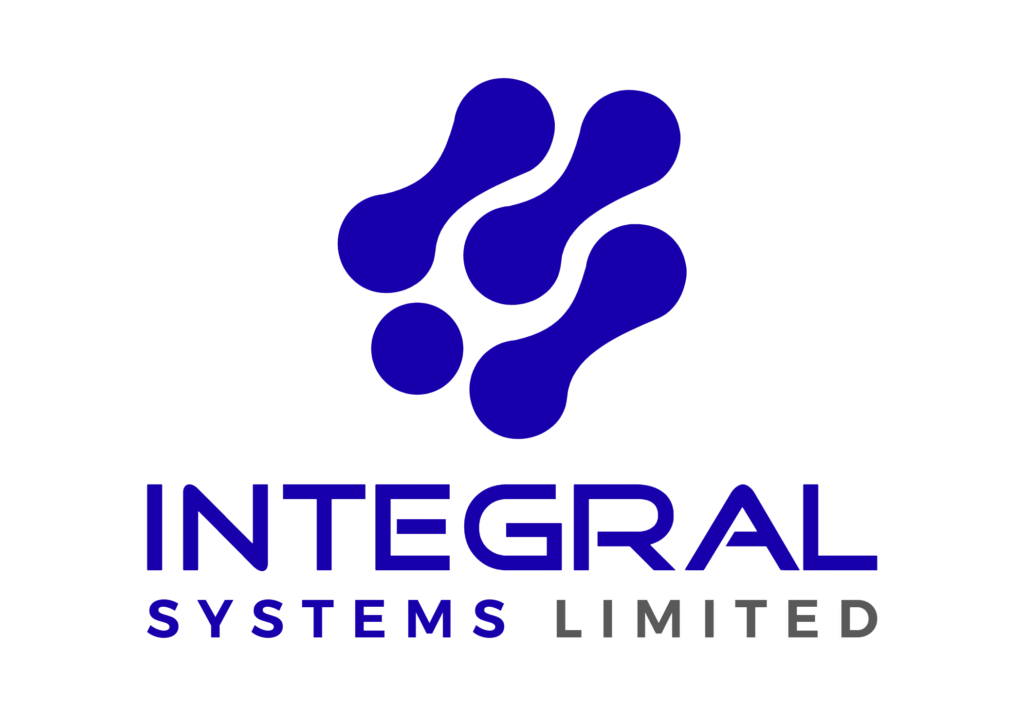- theHarvester – Gathers emails, domain names, and IPs from public sources.
- Shodan – A search engine for internet-connected devices.
- Recon-ng – Framework for collecting and managing OSINT data.
Scanning Tools
- Nmap – Scans networks and detects open ports and services.
- Masscan – Very fast scanner for large networks.
- OpenVAS / Greenbone – Open-source vulnerability scanner.
- Nessus – One of the most trusted vulnerability assessment tools.
Web Application Testing Tools
- Burp Suite – Used to intercept and modify web traffic for testing web apps.
- OWASP ZAP – Open-source alternative for web application security.
- Nikto – Detects insecure files, outdated software, and misconfigurations.
- SQLMap – Automates detection and exploitation of SQL injection flaws.
Exploitation Tools
- Metasploit Framework – Industry-standard platform for developing and executing exploits.
- Cobalt Strike – Used in advanced red team operations.
- Empire – PowerShell-based post-exploitation framework.
Password and Credential Testing
- Hydra / Medusa – Brute-force attack tools for testing weak passwords.
- John the Ripper and Hashcat – Used for password cracking from hash files.
Network Monitoring and Sniffing
- Wireshark – Captures and analyzes network packets in detail.
- Kismet – Detects wireless networks and devices.
Wireless Testing
- Aircrack-ng – Tests Wi-Fi security and performs WPA/WEP cracking.
Reverse Engineering
- Ghidra – Free reverse engineering tool developed by the NSA.
- IDA Pro – Commercial tool for deep analysis of binaries.
These tools should only be used ethically, with written authorization. Unauthorized scanning or exploitation is illegal.
Tools for Continuous Monitoring and Defense
Security testing is only part of the job. Continuous monitoring ensures that you detect and respond to threats in real time. Here are some tools used by cybersecurity teams and Security Operations Centers (SOCs):
SIEM (Security Information and Event Management)
- Splunk – Collects and analyses security logs for patterns.
- Elastic Stack (ELK) – Open-source alternative combining Elasticsearch, Logstash, and Kibana.
- Microsoft Sentinel, IBM QRadar, and ArcSight – Enterprise-grade monitoring platforms.
Endpoint Detection and Response (EDR)
- CrowdStrike Falcon, SentinelOne, and Microsoft Defender for Endpoint – Detect and contain malicious activity on workstations and servers.
Network Intrusion Detection Systems
- Snort – Detects suspicious network activity using known attack signatures.
- Suricata – Offers intrusion detection, prevention, and monitoring.
- Zeek (Bro) – Network analysis framework for threat detection.
Host-Based Monitoring
- Wazuh and OSSEC – Detect anomalies, monitor logs, and track configuration changes on endpoints.
Metrics and Log Visualization
- Grafana and Prometheus – Track performance and visualize alerts from multiple systems.
What Makes a Good Cybersecurity Report?
A great report is both technical and understandable. It must clearly communicate what was found, why it matters, and how to fix it.
A Good Report Should Include:
- Executive Summary: A high-level overview for management showing the main risks and impacts.
- Methodology: Steps taken during testing (tools, techniques, and scope).
- Findings: Each vulnerability explained with evidence and risk rating.
- Remediation Plan: Step-by-step guidance to fix issues.
- Validation Results: Confirmation that issues were resolved after retesting.
Avoid overloading the report with unnecessary technical data. The goal is to educate and drive action, not to confuse.
Ethics and Legal Considerations
Penetration testing should always be authorized and controlled. Testing systems without permission is illegal and unethical. Before starting any test, get a signed agreement that defines:
- Scope of work
- Duration and time window
- Allowed tools and techniques
- Responsibilities and data handling
For external findings, follow a responsible disclosure process — report the issue privately to the affected organization, allow time for them to fix it, and avoid public exposure until resolved.
Frequently Asked Questions (FAQ)
- How often should a company perform a vulnerability assessment or penetration test?
It depends on how often your systems change. Generally, vulnerability assessments should be done quarterly or monthly, while penetration tests should be conducted annually or after major system upgrades. - Can automated scanners replace human testers?
No. Automated tools are great for identifying common issues, but they can’t replace human creativity and reasoning. Human testers can find logic flaws and chained attacks that machines miss. - Are penetration tests safe for production systems?
Yes, if done correctly. Skilled professionals use controlled methods to minimize risk. However, it’s best to schedule testing during off-peak hours or use staging environments where possible. - What’s the difference between black-box, white-box, and grey-box testing?
- Black-box: No prior knowledge of the system (external attacker perspective).
- White-box: Full knowledge, including system credentials and architecture.
- Grey-box: Partial access, simulating an insider or privileged user.
- How do I prioritize vulnerabilities after a scan?
Start with issues rated as “critical” or “high,” especially those with known exploits or that expose sensitive data. Combine severity with business impact to guide your response. - What is the role of a Security Operations Center (SOC)?
A SOC continuously monitors systems, detects threats, and responds to incidents. Many organizations outsource SOC services to Managed Security Service Providers (MSSPs) for cost efficiency. - What’s the main difference between vulnerability assessment and penetration testing?
A vulnerability assessment identifies potential weaknesses, while a penetration test confirms if those weaknesses can be exploited and what damage could result.
Summary
Cybersecurity is not a one-time effort — it’s a continuous process of identifying risks, testing defences, and improving response capabilities.
Vulnerability assessments help you discover weak points, and penetration tests help you understand how far an attacker could go. Combined with constant monitoring, employee awareness, and proper policies, they form the backbone of a strong security posture.
Every organization, regardless of size, should invest in cybersecurity. In a digital age where data is one of the most valuable assets, prevention is always cheaper and smarter than recovery.


